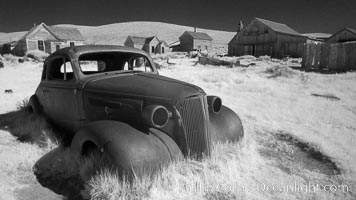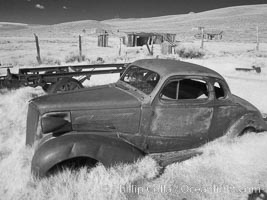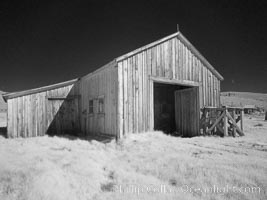
Eastern fox squirrel. The eastern fox squirrel historically occur in the eastern and central portions of North America, but have been introduced in the 1900's to urban areas in the western United States. They are the largest of the North American squirrels, reaching 29 inches in length and up to 3 pounds. They are generalist feeders with a diet that varies according to their habitat, including nuts, seed, bird eggs and chicks, frogs, flowers and agricultural crops.
Species: Eastern fox squirrel, Sciurus niger
Location: Los Angeles, California
Image ID: 18964
Species: Eastern fox squirrel, Sciurus niger
Location: Los Angeles, California
Image ID: 18964

Eastern fox squirrel. The eastern fox squirrel historically occur in the eastern and central portions of North America, but have been introduced in the 1900's to urban areas in the western United States. They are the largest of the North American squirrels, reaching 29 inches in length and up to 3 pounds. They are generalist feeders with a diet that varies according to their habitat, including nuts, seed, bird eggs and chicks, frogs, flowers and agricultural crops.
Species: Eastern fox squirrel, Sciurus niger
Location: Los Angeles, California
Image ID: 18965
Species: Eastern fox squirrel, Sciurus niger
Location: Los Angeles, California
Image ID: 18965
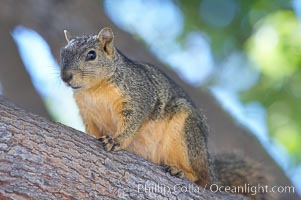
Eastern fox squirrel. The eastern fox squirrel historically occur in the eastern and central portions of North America, but have been introduced in the 1900's to urban areas in the western United States. They are the largest of the North American squirrels, reaching 29 inches in length and up to 3 pounds. They are generalist feeders with a diet that varies according to their habitat, including nuts, seed, bird eggs and chicks, frogs, flowers and agricultural crops.
Species: Eastern fox squirrel, Sciurus niger
Location: Los Angeles, California
Image ID: 18966
Species: Eastern fox squirrel, Sciurus niger
Location: Los Angeles, California
Image ID: 18966
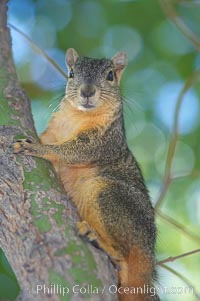
Eastern fox squirrel. The eastern fox squirrel historically occur in the eastern and central portions of North America, but have been introduced in the 1900's to urban areas in the western United States. They are the largest of the North American squirrels, reaching 29 inches in length and up to 3 pounds. They are generalist feeders with a diet that varies according to their habitat, including nuts, seed, bird eggs and chicks, frogs, flowers and agricultural crops.
Species: Eastern fox squirrel, Sciurus niger
Location: Los Angeles, California
Image ID: 18967
Species: Eastern fox squirrel, Sciurus niger
Location: Los Angeles, California
Image ID: 18967

Eastern fox squirrel. The eastern fox squirrel historically occur in the eastern and central portions of North America, but have been introduced in the 1900's to urban areas in the western United States. They are the largest of the North American squirrels, reaching 29 inches in length and up to 3 pounds. They are generalist feeders with a diet that varies according to their habitat, including nuts, seed, bird eggs and chicks, frogs, flowers and agricultural crops.
Species: Eastern fox squirrel, Sciurus niger
Location: Los Angeles, California
Image ID: 18968
Species: Eastern fox squirrel, Sciurus niger
Location: Los Angeles, California
Image ID: 18968

Eastern fox squirrel. The eastern fox squirrel historically occur in the eastern and central portions of North America, but have been introduced in the 1900's to urban areas in the western United States. They are the largest of the North American squirrels, reaching 29 inches in length and up to 3 pounds. They are generalist feeders with a diet that varies according to their habitat, including nuts, seed, bird eggs and chicks, frogs, flowers and agricultural crops.
Species: Eastern fox squirrel, Sciurus niger
Location: Los Angeles, California
Image ID: 18969
Species: Eastern fox squirrel, Sciurus niger
Location: Los Angeles, California
Image ID: 18969
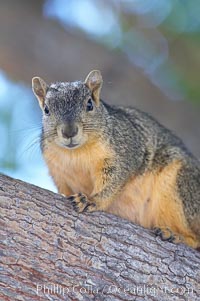
Eastern fox squirrel. The eastern fox squirrel historically occur in the eastern and central portions of North America, but have been introduced in the 1900's to urban areas in the western United States. They are the largest of the North American squirrels, reaching 29 inches in length and up to 3 pounds. They are generalist feeders with a diet that varies according to their habitat, including nuts, seed, bird eggs and chicks, frogs, flowers and agricultural crops.
Species: Eastern fox squirrel, Sciurus niger
Location: Los Angeles, California
Image ID: 18970
Species: Eastern fox squirrel, Sciurus niger
Location: Los Angeles, California
Image ID: 18970

Eastern fox squirrel. The eastern fox squirrel historically occur in the eastern and central portions of North America, but have been introduced in the 1900's to urban areas in the western United States. They are the largest of the North American squirrels, reaching 29 inches in length and up to 3 pounds. They are generalist feeders with a diet that varies according to their habitat, including nuts, seed, bird eggs and chicks, frogs, flowers and agricultural crops.
Species: Eastern fox squirrel, Sciurus niger
Location: Los Angeles, California
Image ID: 18971
Species: Eastern fox squirrel, Sciurus niger
Location: Los Angeles, California
Image ID: 18971
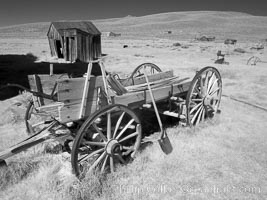
Wagon near Miner's Union Hall, infrared.
Location: Bodie State Historical Park, California
Image ID: 23113
Location: Bodie State Historical Park, California
Image ID: 23113
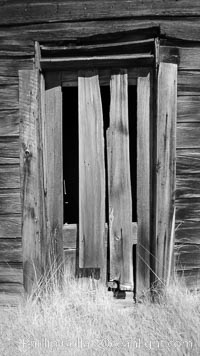
Weathered and broken old door, Kelley Building on Green Street.
Location: Bodie State Historical Park, California
Image ID: 23171
Location: Bodie State Historical Park, California
Image ID: 23171
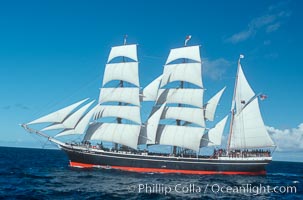
The Star of India under full sail offshore of San Diego. The Star of India is the worlds oldest seafaring ship. Built in 1863, she is an experimental design of iron rather than wood. She is now a maritime museum docked in San Diego Harbor, and occasionally puts to sea for special sailing events.
Location: San Diego, California
Image ID: 07781
Location: San Diego, California
Image ID: 07781
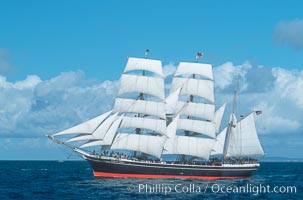
The Star of India under full sail offshore of San Diego. The Star of India is the worlds oldest seafaring ship. Built in 1863, she is an experimental design of iron rather than wood. She is now a maritime museum docked in San Diego Harbor, and occasionally puts to sea for special sailing events.
Location: San Diego, California
Image ID: 07782
Location: San Diego, California
Image ID: 07782
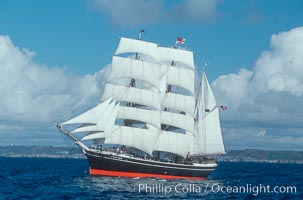
The Star of India under full sail offshore of San Diego. The Star of India is the worlds oldest seafaring ship. Built in 1863, she is an experimental design of iron rather than wood. She is now a maritime museum docked in San Diego Harbor, and occasionally puts to sea for special sailing events.
Location: San Diego, California
Image ID: 07783
Location: San Diego, California
Image ID: 07783
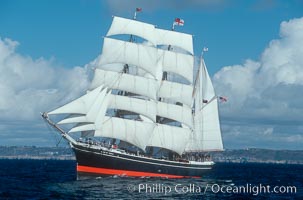
The Star of India under full sail offshore of San Diego. The Star of India is the worlds oldest seafaring ship. Built in 1863, she is an experimental design of iron rather than wood. She is now a maritime museum docked in San Diego Harbor, and occasionally puts to sea for special sailing events.
Location: San Diego, California
Image ID: 07784
Location: San Diego, California
Image ID: 07784
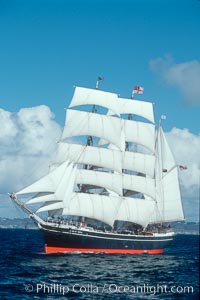
The Star of India under full sail offshore of San Diego. The Star of India is the worlds oldest seafaring ship. Built in 1863, she is an experimental design of iron rather than wood. She is now a maritime museum docked in San Diego Harbor, and occasionally puts to sea for special sailing events.
Location: San Diego, California
Image ID: 07785
Location: San Diego, California
Image ID: 07785
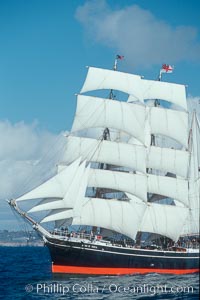
The Star of India under full sail offshore of San Diego. The Star of India is the worlds oldest seafaring ship. Built in 1863, she is an experimental design of iron rather than wood. She is now a maritime museum docked in San Diego Harbor, and occasionally puts to sea for special sailing events.
Location: San Diego, California
Image ID: 07786
Location: San Diego, California
Image ID: 07786
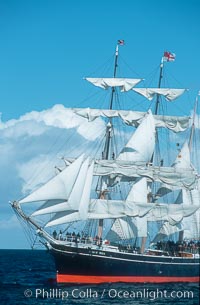
The Star of India under full sail offshore of San Diego. The Star of India is the worlds oldest seafaring ship. Built in 1863, she is an experimental design of iron rather than wood. She is now a maritime museum docked in San Diego Harbor, and occasionally puts to sea for special sailing events.
Location: San Diego, California
Image ID: 07787
Location: San Diego, California
Image ID: 07787

The Star of India under full sail offshore of San Diego. The Star of India is the worlds oldest seafaring ship. Built in 1863, she is an experimental design of iron rather than wood. She is now a maritime museum docked in San Diego Harbor, and occasionally puts to sea for special sailing events.
Location: San Diego, California
Image ID: 07788
Location: San Diego, California
Image ID: 07788
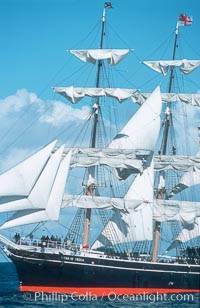
The Star of India under full sail offshore of San Diego. The Star of India is the worlds oldest seafaring ship. Built in 1863, she is an experimental design of iron rather than wood. She is now a maritime museum docked in San Diego Harbor, and occasionally puts to sea for special sailing events.
Location: San Diego, California
Image ID: 07789
Location: San Diego, California
Image ID: 07789
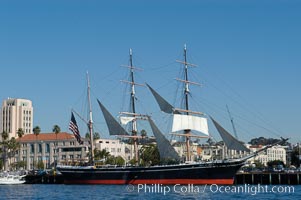
The Star of India is the worlds oldest seafaring ship. Built in 1863, she is an experimental design of iron rather than wood. She is now a maritime museum docked in San Diego Harbor, and occasionally puts to sea for special sailing events.
Location: San Diego, California
Image ID: 07615
Location: San Diego, California
Image ID: 07615
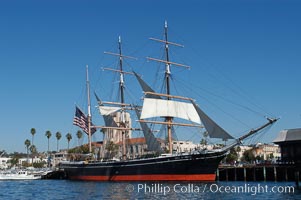
The Star of India is the worlds oldest seafaring ship. Built in 1863, she is an experimental design of iron rather than wood. She is now a maritime museum docked in San Diego Harbor, and occasionally puts to sea for special sailing events.
Location: San Diego, California
Image ID: 07616
Location: San Diego, California
Image ID: 07616
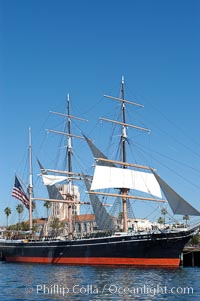
The Star of India is the worlds oldest seafaring ship. Built in 1863, she is an experimental design of iron rather than wood. She is now a maritime museum docked in San Diego Harbor, and occasionally puts to sea for special sailing events.
Location: San Diego, California
Image ID: 07617
Location: San Diego, California
Image ID: 07617
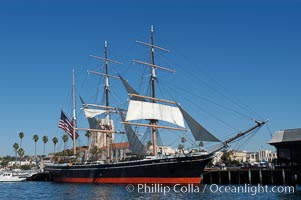
The Star of India is the worlds oldest seafaring ship. Built in 1863, she is an experimental design of iron rather than wood. She is now a maritime museum docked in San Diego Harbor, and occasionally puts to sea for special sailing events.
Location: San Diego, California
Image ID: 07618
Location: San Diego, California
Image ID: 07618
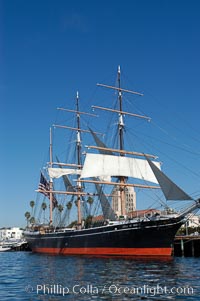
The Star of India is the worlds oldest seafaring ship. Built in 1863, she is an experimental design of iron rather than wood. She is now a maritime museum docked in San Diego Harbor, and occasionally puts to sea for special sailing events.
Location: San Diego, California
Image ID: 07619
Location: San Diego, California
Image ID: 07619
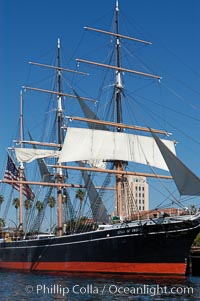
The Star of India is the worlds oldest seafaring ship. Built in 1863, she is an experimental design of iron rather than wood. She is now a maritime museum docked in San Diego Harbor, and occasionally puts to sea for special sailing events.
Location: San Diego, California
Image ID: 07620
Location: San Diego, California
Image ID: 07620
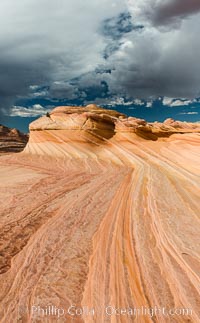
The Second Wave at sunset. The Second Wave, a curiously-shaped sandstone swirl, takes on rich warm tones and dramatic shadowed textures at sunset. Set in the North Coyote Buttes of Arizona and Utah, the Second Wave is characterized by striations revealing layers of sedimentary deposits, a visible historical record depicting eons of submarine geology.
Location: North Coyote Buttes, Paria Canyon-Vermilion Cliffs Wilderness, Arizona
Image ID: 28616
Location: North Coyote Buttes, Paria Canyon-Vermilion Cliffs Wilderness, Arizona
Image ID: 28616
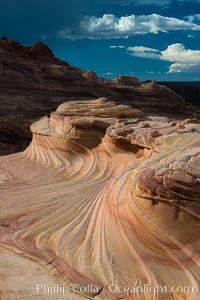
The Second Wave at sunset. The Second Wave, a curiously-shaped sandstone swirl, takes on rich warm tones and dramatic shadowed textures at sunset. Set in the North Coyote Buttes of Arizona and Utah, the Second Wave is characterized by striations revealing layers of sedimentary deposits, a visible historical record depicting eons of submarine geology.
Location: North Coyote Buttes, Paria Canyon-Vermilion Cliffs Wilderness, Arizona
Image ID: 28617
Location: North Coyote Buttes, Paria Canyon-Vermilion Cliffs Wilderness, Arizona
Image ID: 28617
